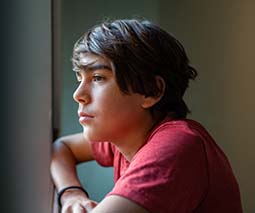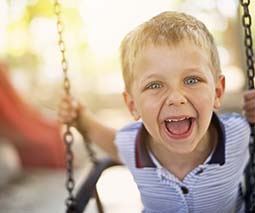The little-known way getting up after bedtime can sabotage your kids’ sleep

If you thought your preschooler’s night wandering was getting in the way of her sleep, you were right of course. Doesn’t take a genius to work that out.
A chemical reaction
But the thing is, it’s not just the roaming about part of the equation that keeps preschoolers wakeful. It’s also the light they are exposed to that keeps them up.
Experts tell us preschool-aged childrens’ eyes let in more light than adults’ eyes do. This is apparently because they have clearer lenses and larger pupils.
New research shows that this can really set them back at bedtime.
All those times they’re getting up for just one more hug from Mum or one more glass of water or one more trip to the bathroom?
They’re all opportunities for your child to be exposed to light. And bright light – like the light that you might have in your kitchen or bathroom – suppresses the sleep-inducing hormone melatonin.
This light/melatonin interaction means they’re awake for even longer. In fact, it can take hours for kids’ messed-with melatonin levels to creep back up to a sleep-promoting level.
The more they get up, the more they stay up. And the staying-up bit is not their fault. It might be the last thing your child wants and needs.
“Tired and wired”
Children whose melatonin response has been dampened may look “tired and wired,” The New York Times reports.
Dr. Monique LeBourgeois, an associate professor of integrative physiology at the University of Colorado, Boulder spoke to the Times explaining these kids “are tired, but the clock is not sending the signals to the pineal in a way that would facilitate sleep.”
To help avoid this tricky cycle, families can think a little more about the the lighting in their home.
It’s only bright light that interacts negatively with their child’s body chemistry, so keeping the lights low in all rooms of your home in the evening — including the bathroom — can go a long way towards making it easier for your little night wanderer to settle back down and drift off to sleep.
It’s a great idea to start dimming the lights an hour or so before bedtime, to allow your child’s melatonin to rise naturally and switch them into sleepy mode.
 Having trouble getting your baby to sleep? Our Sleep School experts can help. Click to find out more or book a one-on-one session.
Having trouble getting your baby to sleep? Our Sleep School experts can help. Click to find out more or book a one-on-one session.













